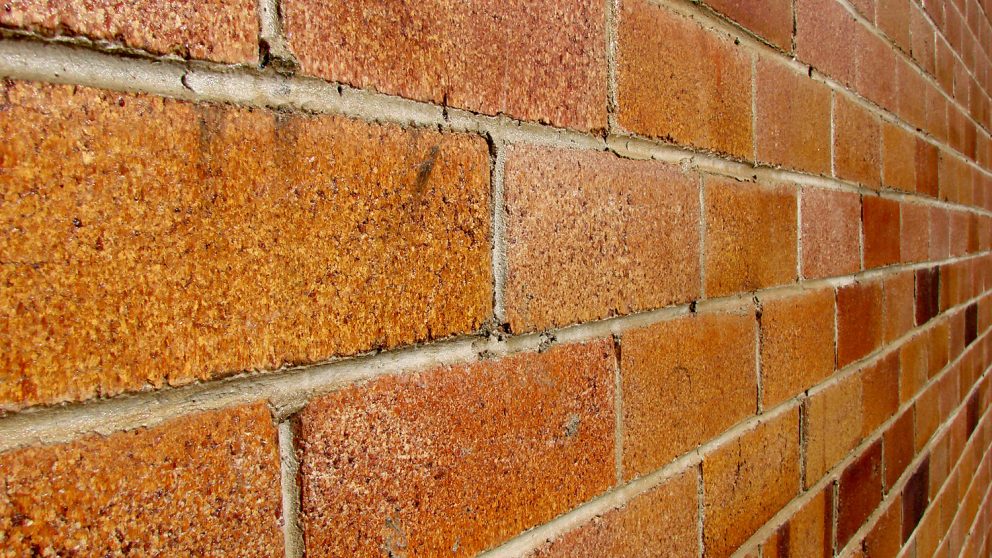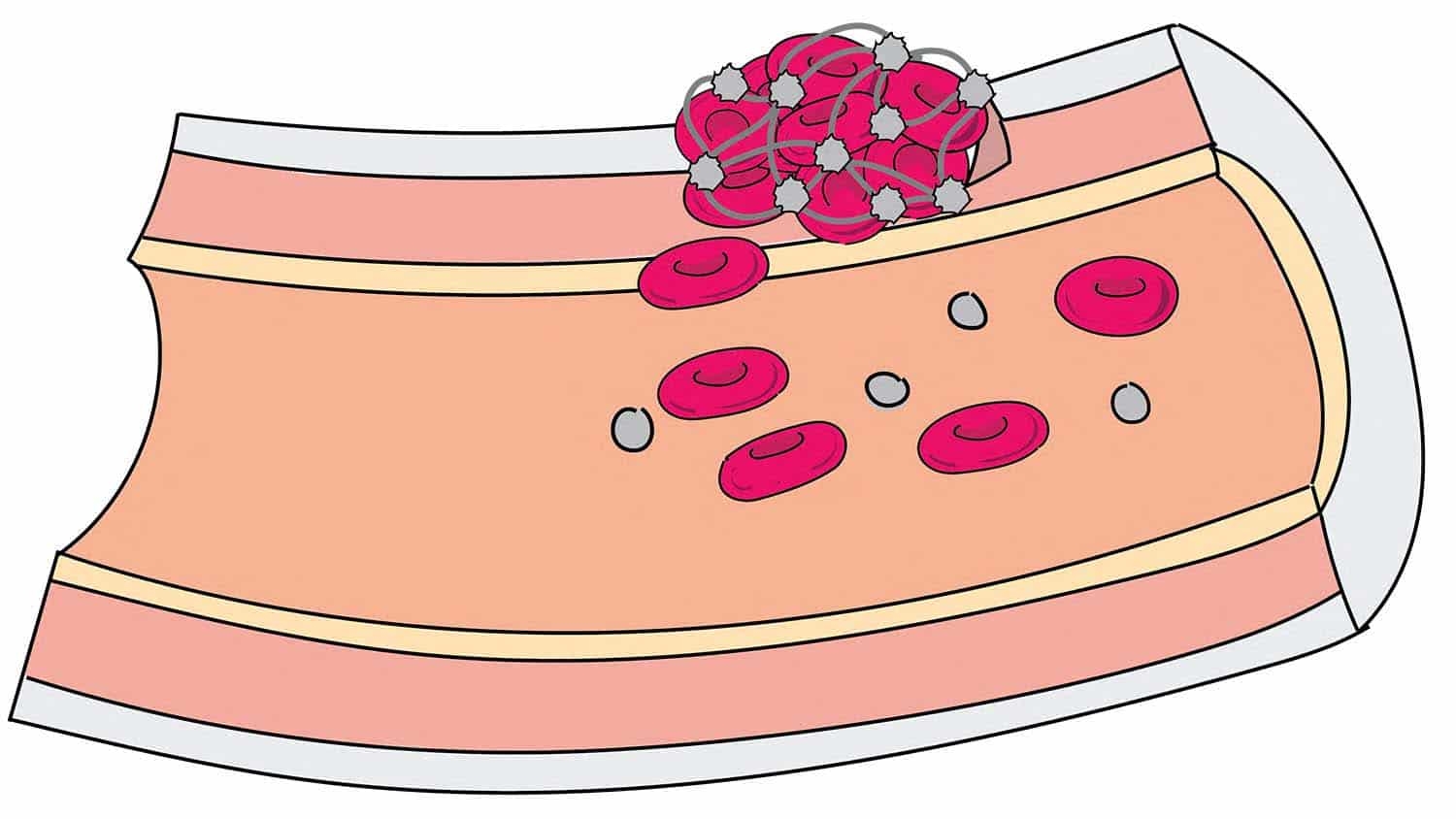Common bricks can be used to detect past presence of uranium, plutonium

Researchers from North Carolina State University have demonstrated a technique that can determine whether bricks – the common building material – have ever been near a radiological source, and identify the specific type of source, such as high enriched uranium or plutonium. The technique is possible when there are no chemical residues left behind, and has security and nuclear nonproliferation applications.
Robert Hayes, an associate professor of nuclear engineering at NC State and co-author of a paper on this work, previously used simulations to demonstrate the concept that building materials could be used to characterize nuclear material – even after it was no longer there.
But the NC State team has now validated that the technique works for characterizing transuranic radioactive materials, and fine-tuned the technique so that it can be done in days instead of weeks.
“The technique laid out in our paper can take brick samples the size of a thimble and use them to identify whether a radiological source was plutonium, uranium, and so on, even if the source has been removed,” says Ryan O’Mara, a Ph.D. student at NC State and first author of the paper.
“That has clear nonproliferation applications. For example, if a facility says that it has not been making high-enriched uranium – the kind used in weapons – you could take a sample from the building itself and determine whether there had been high-enriched uranium on site.”
Researchers envision a variety of future applications as well.
The researchers think the technique may also be used to determine whether nuclear facilities are shipping out as many spent “low burnup” fuel rods as they say they are. This is significant because some facilities have secretly diverted a percentage of their low burnup fuel rods for use as feedstock that can be used to create weapons-grade plutonium.
“We’re submitting proposals to support that work, as well as work that could help us better assess public exposure in the event of a radiological incident – which would have real value in the context of emergency response,” Hayes says. “And we are already working to demonstrate that we can use the technique as a three-dimensional ‘gamma camera,’ giving us the ability to capture the dimensions of the source or sources.”
The paper, “Dose deposition profiles in untreated brick material,” is published in the journal Health Physics. The work was supported by the Department of Energy’s National Nuclear Security Administration under award DE-NA0002576. The work was also partially paid for by the Nuclear Regulatory Commission, under grant NRC-HQ-84-14-G-0059. Additional support for this work came through a joint faculty appointment between North Carolina State University and Oak Ridge National Laboratory in coordination with the Office of Defense Nuclear Nonproliferation R&D of the National Nuclear Security Administration-sponsored Consortium for Nonproliferation Enabling Capabilities.
-shipman-
Note to Editors: The study abstract follows.
“Dose deposition profiles in untreated brick material”
Authors: Robert Hayes and Ryan O’Mara, North Carolina State University
Published: March 1, Health Physics
DOI: 10.1097/HP.0000000000000843
Abstract: In radiation accident or forensics dosimetry, building materials such as bricks can be used to retrospectively determine radiation fields using thermoluminescence. A major problem with brick material is that there has generally been significant chemical processing to isolate the quartz from the brick. In this study, a simplified treatment process has been tested in an effort to lessen the processing burden for retrospective dosimetry studies. It was found that by using thermoluminescence responses, the dose deposition profile of a brick sample could be reconstructed without the use of any chemicals for sufficiently large applied doses. This was done by estimating the energy of an 241-Am exposure from a source in a brick using actual measured values. The results demonstrated the ability to retrospectively measure the source energy from the dose deposition in this energy range with an overall energy resolution of approximately 6 keV were it to be used for gamma ray spectrometry at low energies. This technique has the potential to greatly expedite dose reconstructions in the wake of nuclear accidents or for any related application where doses of interest are large compared to overall process system noise.
This post was originally published in NC State News.
- Categories:


